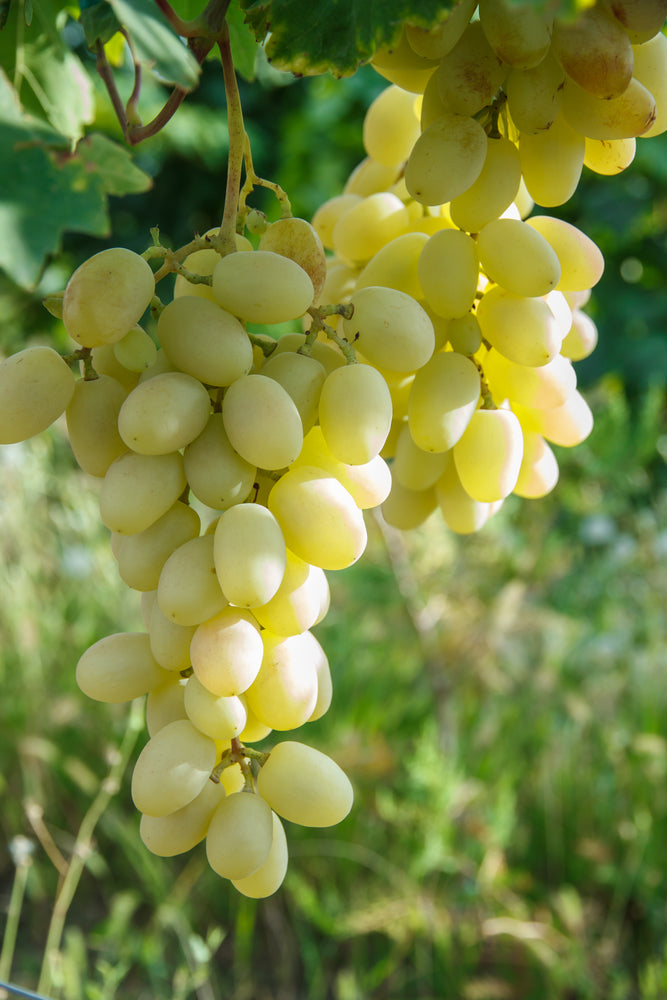Your basket is empty
Already have an account? Log in to check out faster.
Already have an account? Log in to check out faster.
Founded by Armenak Aslanian in 2007, ArmAs has been at the forefront of Armenia’s indigenous grape movement. Today, his daughter Victoria is at the helm as CEO of the family winery. She joins a long lineage of winegrowers, with the name ArmAs itself a tribute to her great-grandfather and a portmanteau of Armenak Aslanian, Sr.
When establishing the estate, Armenak Aslanian scoured the Armenian landscape for terroir most suitable to contemporary viticulture. He eventually found ideal conditions at a 180-hectare property in the Nos Amanos area of Armenia’s Aragatsotn Province. An abandoned vineyard and cornfield strewn with obstructive rocks and boulders, the site demanded fastidious work to revitalize the land for commercial winegrowing. Soil preparation was met with the introduction of electricity and irrigation systems, and after six years of excavation and construction, a state-of-the-art winery facility was erected in 2013.
While Victoria manages the property, Emilio Del Medico crafts the wines. Hailing from Italy’s Friuli region, Del Medico brings international know-how to these distinctly Armenian grapes. In addition to Karmrahyut and Kangun, ArmAs bottles expressive interpretations of Voskehat and Areni.
Emerging from the southeastern banks of the Black Sea, Armenia enjoys a history of wine production that extends at least six millennia. Armenia and neighboring Caucasus nations Georgia and Turkey are identified as the “cradle of viticulture,” where wild vines were first domesticated. It is here that Vitis vinifera, the grape species responsible for nearly all fine wine grapes, is autochthonous. A 2011 discovery found a cave housing the world’s oldest “winery,” dating to 4000 BCE and demonstrating a methodical and large-scale early Armenian wine industry.
While winemaking traditions spread from this corner of the world toward the Mediterranean Basin and far beyond, Armenia today continues to support a large spread of unique indigenous varieties that have remained largely within its borders. And despite the country’s ancient origins, Armenia’s modern wine industry has evolved at a rapid clip in the post-Soviet era, seeing new and privatized investment in premium wine production.
Located in Western Armenia on the border with Turkey, the Aragatsotn Province enjoys an ancient history production. The old church in Voskevaz, dating to the 6th or 7th century CE, holds karases (large Armenian clay amphorae analogous with Georgian qvevri) once used for sacramental wines.
Aragatsotn translates to “foot of Aragats,” a reference to Mount Aragats, a four-peaked volcano in the Lesser Caucasus mountain range. Its ultimate summit, 13,420 feet, is the highest point in Armenia. As the name implies, vineyard land in the Aragatsotn Province is largely contained to the foothills south of Mount Aragats, along with Mount Arteni. Climate and ultimate wine style is largely defined by vineyard elevation, with dramatic increase in temperature as vineyards descend toward the plains. The volcanic influence of the mountains continues to be felt in the regions, with large tuff, basalt, and pumice stones dotting the landscape.

